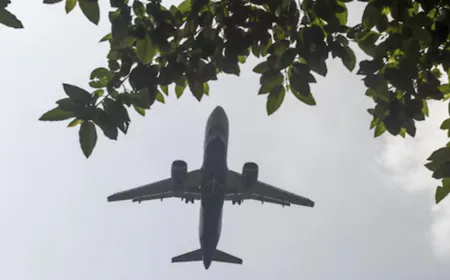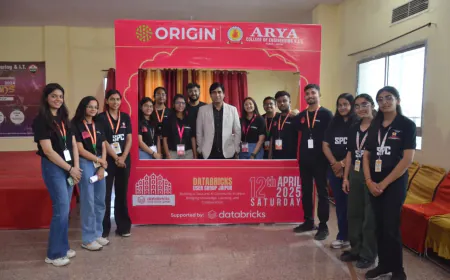Aditya L-1 was launched on this day, know what was this mission of ISRO
Aditya-L1: On this day i.e. 2 September 2023, India launched its first solar mission, Aditya-L1, to study the sun.

2 September 2023- On this day, India proudly raised its name. This was the day when India launched its first solar mission, Aditya-L1 meant for studying the sun, though installed in the halo orbit on January 4, 2024, this year. Let us tell you about how much amount India spent on it and what was the purpose behind doing this mission.
The outline of the mission was prepared after the recommendations made by the Space Science Advisory Committee. Its base was laid in the year 2008. The aim of this mission was to gather information about the solar corona, photosphere, chromosphere and solar wind. A budget of three crores was sanctioned for this in the financial year 2016-2017. But later, the scope was enlarged to include the whole solar corona and space environment for keeping an observatory at Lagrange point, the mission was christened Aditya-L1. Aditya-L1 spacecraft will take roughly 178 days to go around the L-1 point.
The Aditya-L1 is the first space-based observatory class Indian solar mission to study the Sun. In fact, the Earth is about 15 lakh km away from the Sun, and the Sun was to be studied through this mission. About Rs 400 crore was spent on this mission. For about five years, this mission will run. During that time, Aditya will keep studying the Sun.
This was India's first such mission, under which the Sun was to be monitored. Through this mission, ISRO's aim was to find out what happens when the Sun is active. Therefore, ISRO launched the L1 mission, which took 125 days to reach its target. Lagrange points are special locations in space where the gravitational forces of two large orbiting bodies, such as the Sun and Earth, balance each other out. This means that a small object, such as a spacecraft, can remain at these points without using much fuel to maintain its orbit. There are a total of five Lagrange points, each with different characteristics.
L1 is considered the most important of the Lagrange points for solar observation. The L1, L2, and L3 points are unstable, meaning that a small perturbation can cause an object to move away from them. Satellites orbiting these points therefore require regular direction corrections to maintain their position.
For Latest News update Subscribe to Sangri Today's Broadcast channels on Google News | Telegram | WhatsApp




































.jpeg)











































































.jpeg)














